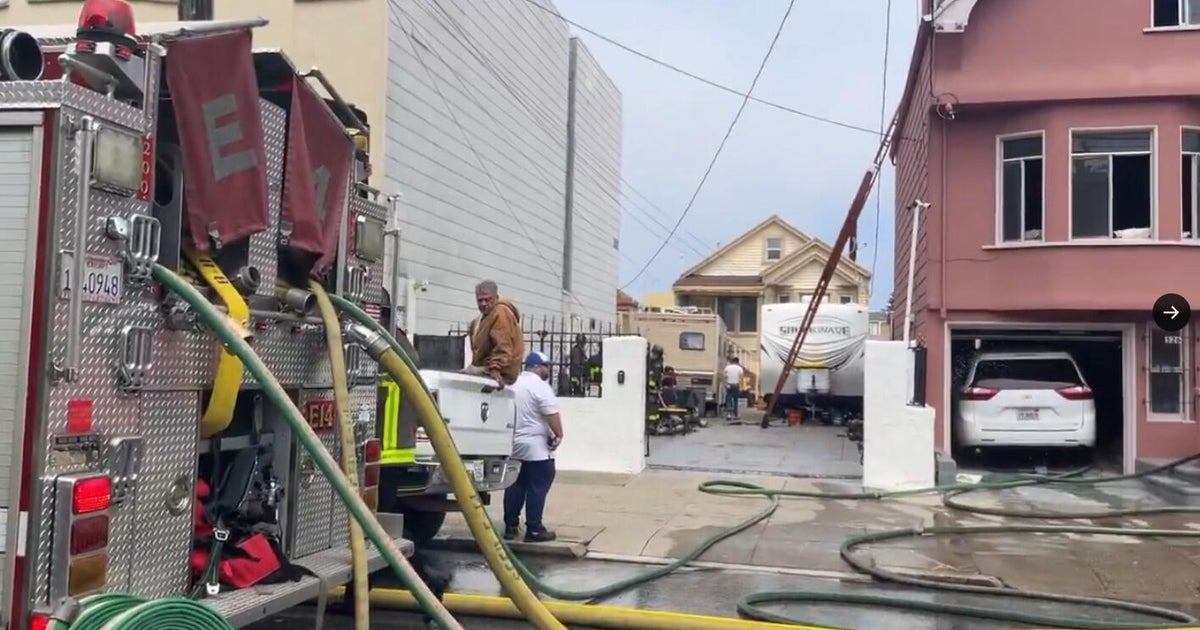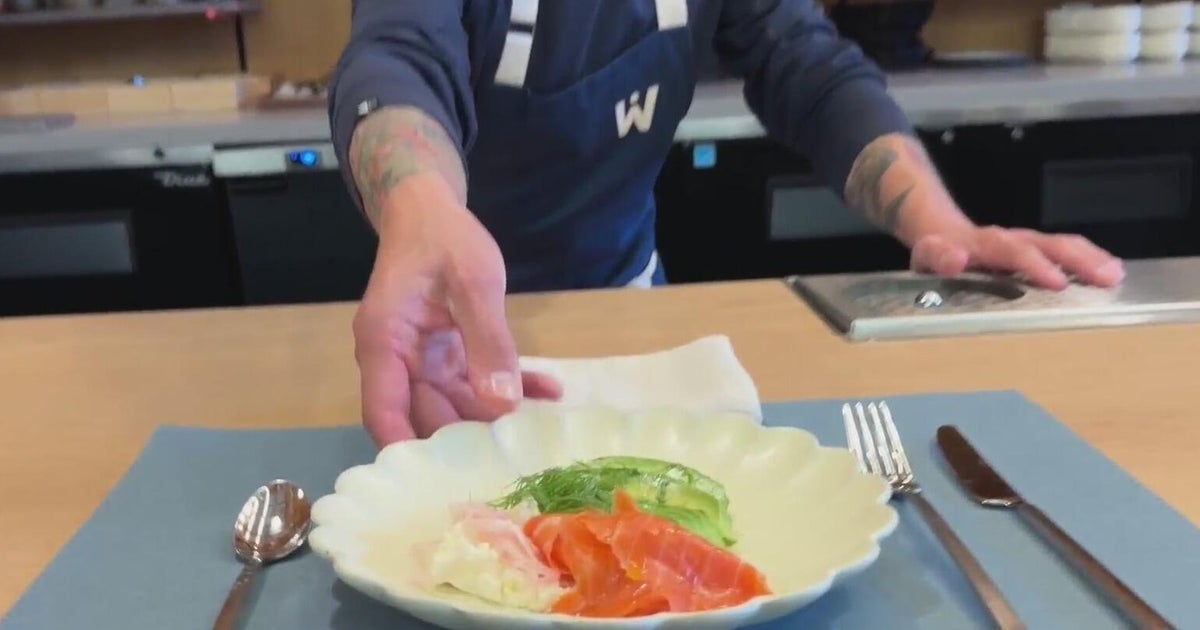Cellphones Keep Cropping Up Inside California Prisons
SAN QUENTIN (KPIX 5) -- Inside the walls of San Quentin State Prison, inmates are forbidden to have cell phones. Nevertheless, some inmates have been able to post selfies in the slammer on social media.
One posted a video tour of his cell, shot on his cell phone. He and his cellmate showed off their food supplies and other loot, and an extra cell phone.
Cell phones continue to be smuggled into cell blocks in prison after prison. They are worth about $1,000 apiece on the inside, according to prison officials.
So far this year, the California Department of Corrections and Rehabilitation has confiscated more than 8,000 cell phones from inmates across the state.
In August, Teri Nichols was accused of stuffing 18 smartphones into her sweatshirt and trying to give them to an inmate on Death Row. When she was in court last week, KPIX 5 asked her why she tried to sneak cell phones into San Quentin. She did not reply, but she has denied the charge in court.
Nichol's case is not isolated. "It is a problem," said CDCR Press Secretary Vicky Waters.
"If an inmate is found in possession, it is considered dangerous contraband just like drugs, but does come with a specific disciplinary action against them and does stay on their record," said Waters.
Inmates have used cell phones to coordinate at least one prison escape, and there have been at least 79 cases of victim intimidation by inmates on cell phones using Facebook.
In 2012, the CDCR rolled out to much fanfare a system to block and intercept inmate cell phone calls. But the system never made it to San Quentin.
One reason is the close proximity of the prison to drivers on Highway 580 and the Richmond-San Rafael Bridge. The signal blockers could potentially interfere with emergency calls.
In fact, the blocking system - known as Managed Access - was only installed in 18 of the 33 California state prisons. "It has proven to be pretty successful because it can block and interrupt about an average of 150,000 cell calls or text messaging every week," said Waters.
But as wireless technology progressed from 3G, 4G and beyond, the blockers became obsolete. CDCR has moved from call blocking to trying to keep the phones out in the first place.
After the Nichols arrest, San Quentin Correctional Lt. Sam Robinson noted, "All of our mechanisms that we have in place did not catch a substantial amount of things that we do not want inside our prison."
Some prisons already use dogs which have sniffed out over 1,000 cell phones. Now, San Quentin and other prisons are getting airport- and courthouse-style scanners for visitors and vendors.
The Department is also rolling out another device, known as Cell Sense, to every prison. The portable tower can detect cell phones, even if the phone's battery is removed, according to the manufacturer.
But what about the people who bring the cell phones inside to inmates? We learned that at San Quentin, very few have been charged. Nichols is only the third person charged by the Marin County District Attorney with smuggling cell phones inside San Quentin since 2005, even though about 40 phones a month are confiscated.
Nichols faces a felony charge, not for the 18 cell phones, but for the amount of heroin she's also accused of trying to sneak in. We asked her lawyer if he thought it was odd that she faces a felony charge for the heroin and a misdemeanor for the cell phones. "I guess that's how you weigh potentiality, correct?" attorney Ladell Dangerfield said. "If you think that it's a bigger danger to have a cell phone in San Quentin, then absolutely, incongruent."



